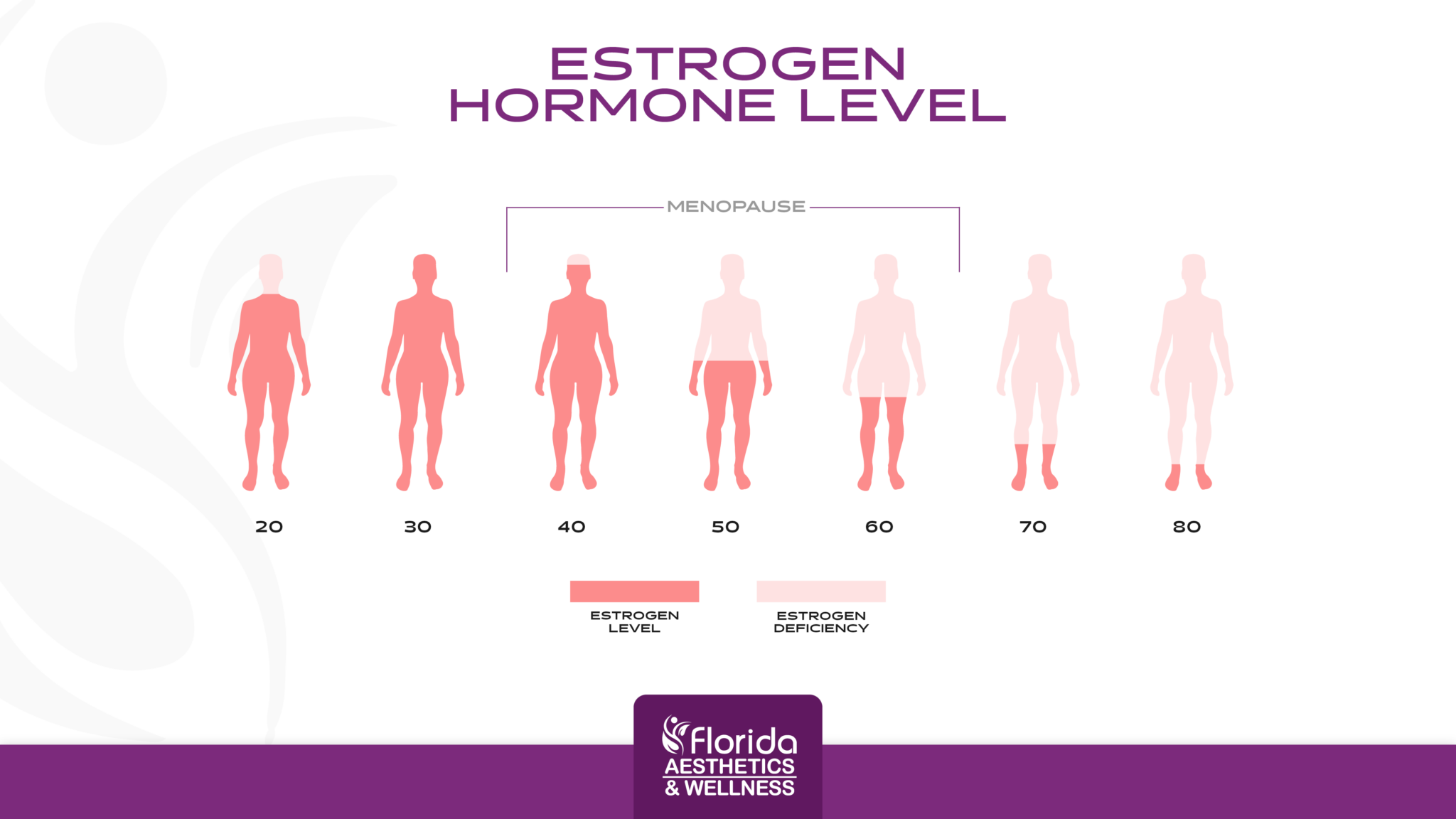Pellet Therapy as HRT: What you should know
Hormone replacement through pellet therapy has been found to be an effective, convenient, and long-lasting treatment option for re-balancing hormones.
Hormone replacement with pellet therapy is considered the “gold standard” when it comes to estrogen or testosterone replacement. Advantages of pellet therapy include:
- Pellets absorb slowly through the subcutaneous fat layer, leading to smooth even physiologic levels of hormone delivery. This reduces the risk of “supraphysiologic” levels (higher than normal ranges).
- They are long-lasting, often up to 3-4 months in women and 4-5 months in men.
- They eliminate the need to remember to take a daily or weekly prescription.
- They lead to less side effects than some other hormone replacement modalities such as creams, since they do not cause “peaks” or “valleys” of hormone level throughout the day.
Why is hormonal health so important?
Hormonal health is prevention! Hormone deficiencies lead to a decline in quality of life for both women and men, particularly contributing to the cascading effect of aging and accelerating chronic disease states. Hormones play a vital role throughout the body – over 400 body functions are influenced by hormones.
What Are Bioidentical Hormones?
Bioidentical hormones are identical to the body’s own hormones. They are sourced from either soy or yam products and altered to have the same chemical structure as the natural hormones produced by the body. Since the chemical structure mirrors that of the body’s own hormones, bioidentical hormones also mimic the function of naturally produced hormones.
Many bioidenticals are FDA-approved and can be administered after a comprehensive review of the individual’s current health status and hormone levels to individualize a treatment plan for hormone restoration.
What Is Bioidentical Hormone Replacement Therapy (BHRT)?
BHRT uses bioidentical hormones to treat a variety of symptoms caused by hormonal imbalance in men and women. Bioidentical hormones can be delivered in many forms, one of which is known as “pellet therapy”- where a tiny pellet is inserted under the skin to slowly release hormones over several months. Other methods of hormone replacement may include topical creams or oral capsules. Your provider will review available methods of treatment.
Hormones that can be corrected with BHRT include testosterone, estrogen, progesterone, and thyroid hormone.
BHRT with pellet therapy works quickly, producing steady levels of hormone over several months to reverse symptoms and return hormones to appropriate physiologic levels.
If you believe you may be experiencing symptoms of low or imbalanced hormones, consider treatment with bioidentical hormone replacement. Your individual symptoms, health history, and labs are used to direct a personalized treatment plan. Schedule an appointment with our anti-aging specialist to help you determine if hormone replacement therapy is a good treatment option for you.
For more information about our Hormone Replacement Program, our licensed practitioner would be happy to answer your questions about our approach to hormone balancing and its potential benefits. Please call 813-345-4044 or submit a consultation request to schedule a one-on-one appointment with our Wellness Specialist.


